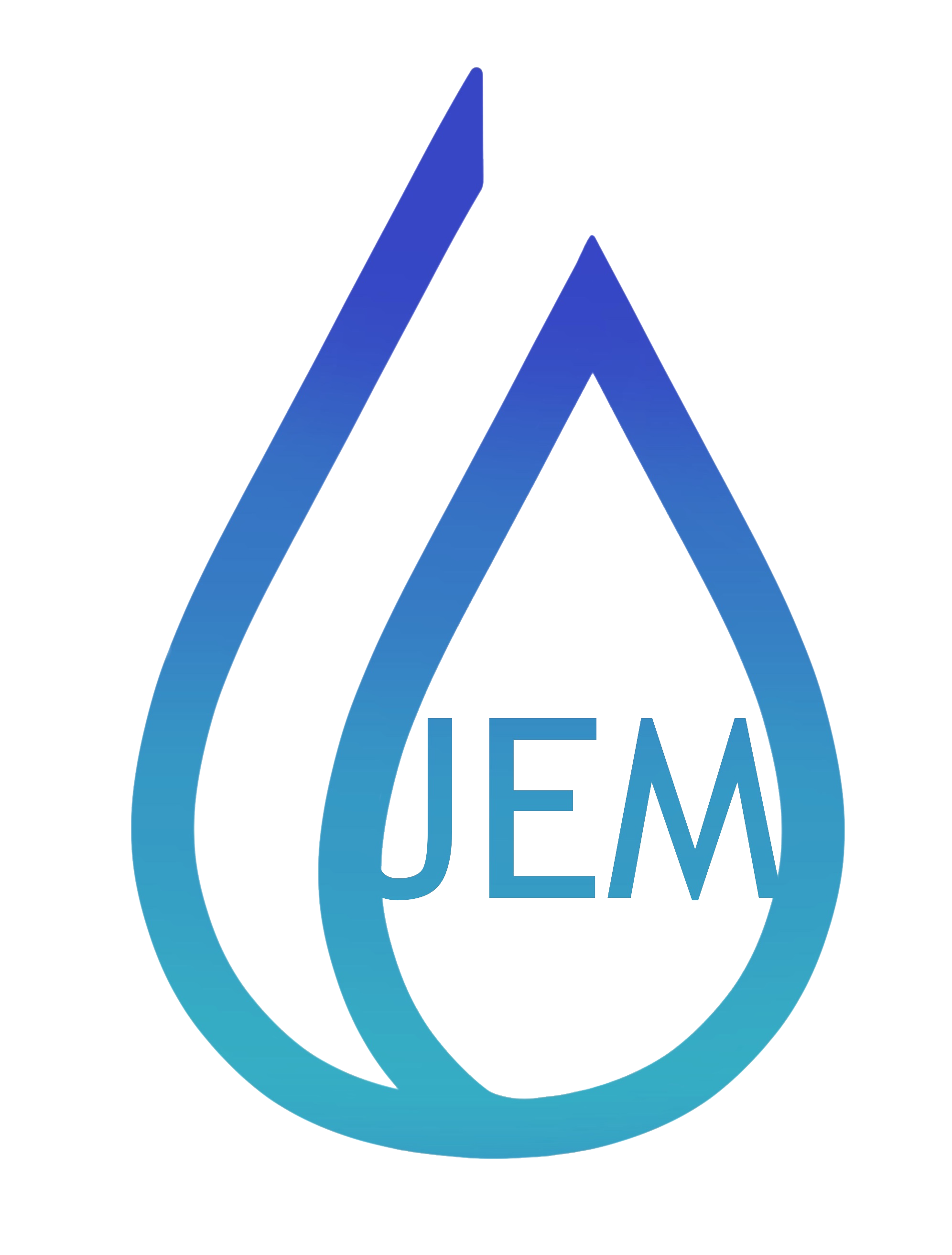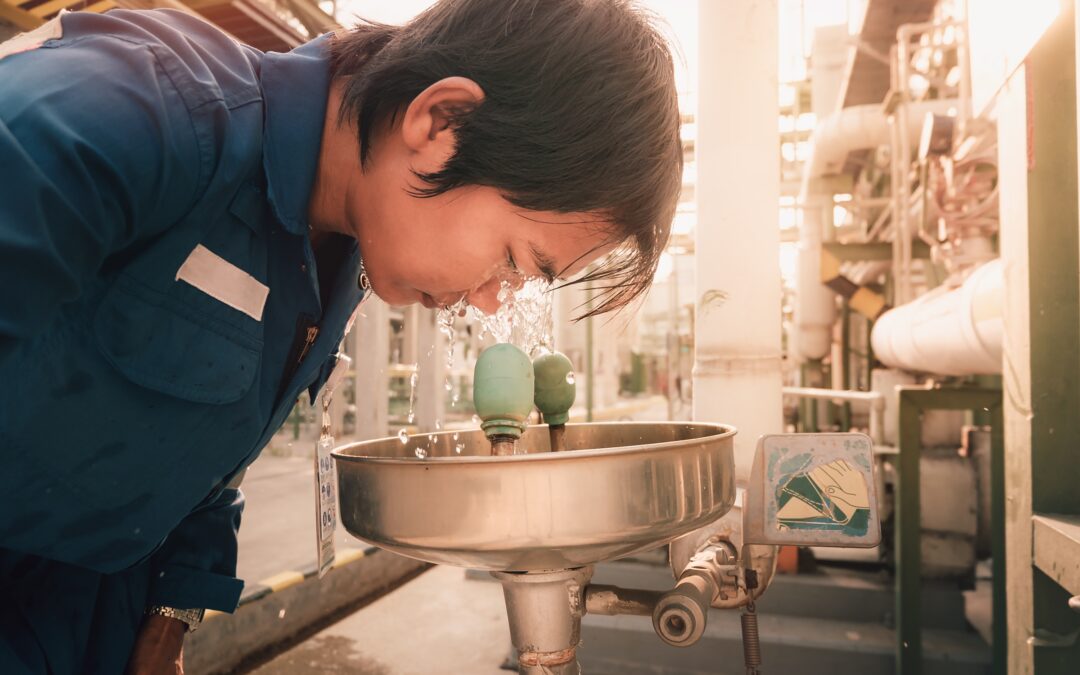Emergency eyewash stations are essential safety features in workplaces where employees may be exposed to hazardous substances that can harm their eyes. Quick and proper treatment can significantly lower the risk of severe and lasting eye damage in the event of an eye injury or exposure to harmful substances.
Discussion Points:
- The importance of emergency eyewash stations.
- The location of the nearest eyewash station.
- How to use the eyewash station.
- Maintenance and inspection requirements.
Discussion:
Emergency eyewash stations are crucial safety features in environments where employees may be exposed to harmful chemicals or substances that could harm their eyes. These stations usually consist of a basin or fountain that provides a continuous stream of water. This allows employees to quickly rinse their eyes and remove any hazardous substances that may have encountered them.
The Occupational Safety and Health Administration (OSHA) and the American National Standards Institute (ANSI) have approved two emergency eyewash stations: plumbed and portable.
Plumbed eyewash stations are permanently connected to the building’s plumbing system and receive water or flushing fluids. On the other hand, portable eyewash stations have a self-contained water supply. They are intended for temporary use during emergencies until access to a primary eyewash station is available.
OSHA requires employers to provide eyewash stations to employees exposed to corrosive substances so they can flush their eyes and body. ANSI provides requirements and guidelines for eyewash stations, including the design of the station and showers, certification and testing procedures, maintenance requirements, performance, usage, and training.
Eyewash stations are typically located in areas with a higher risk of eye injuries. They must be easily accessible without requiring individuals to navigate stairs, and they should be no more than a 10-second walk from the hazard area. These stations must be well-lit, clearly marked, free from obstructions, and should activate within one second or less with a single motion.
In an emergency, an eyewash station lets employees flush their eyes quickly with clean, flowing water. It is recommended that employees rinse their eyes for at least 15 minutes to remove harmful substances. Prompt rinsing can help eliminate hazardous substances, reducing the risk of serious injury or long-term damage.
Emergency eyewash stations must be regularly inspected and maintained. Inspections should include checking for leaks, ensuring the water supply is clean and at the appropriate temperature, and confirming that the stations are easily accessible in emergencies. According to ANSI standards, plumbed eyewash stations should be activated weekly to verify proper operation and flush out any bacteria that may accumulate due to stagnant water. Portable eyewash stations must be refilled with eyewash solutions as required by the manufacturer.
Employees will receive training on the proper use of eyewash stations, including knowing the location of the nearest eyewash station, how to activate it, and the recommended duration for flushing the eyes with water. Training will be provided through eComply® and reinforced annually through toolbox talks and other safety meetings.
Employers who prioritize their employees’ health and safety can help prevent serious injuries and maintain a safe work environment.
As always, stay safe out there!


Recent Comments